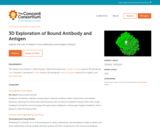
Explore the role of shape in how antibodies and antigens interact.
- Subject:
- Science
- Material Type:
- Simulation
- Provider:
- Concord Consortium
- Provider Set:
- Concord Consortium
- Author:
- Concord Consortium
- Date Added:
- 06/28/2022

Explore the role of shape in how antibodies and antigens interact.
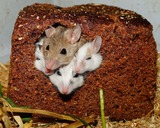
The series of lessons allows students to review the concepts of mutations, adaptations and natural selection by studying a population of pocket mice through a video clip and then applying their knowledge through a simulation game.
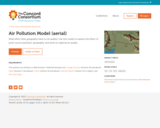
What effect does geography have on air quality? Use this model to explore the effect of point-source pollution, geography, and wind on regional air quality.

What causes an area to have poor air quality? Use this model to explore the connections between pollution sources, weather, geography, and air quality. Discover which weather condition causes the development of additional air pollutants. Compare the effects of two different pollution sources, pollution-control devices, and changing weather conditions on the air quality over a city.
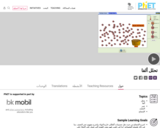
Watch alpha particles escape from a polonium nucleus, causing radioactive alpha decay. See how random decay times relate to the half life.
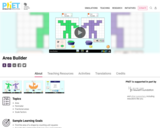
Create your own shapes using colorful blocks and explore the relationship between perimeter and area. Compare the area and perimeter of two shapes side-by-side. Challenge yourself in the game screen to build shapes or find the area of funky figures. Try to collect lots of stars!
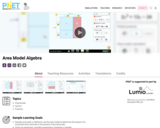
Build rectangles of various sizes and relate multiplication to area. Discover new strategies for multiplying algebraic expressions. Use the game screen to test your multiplication and factoring skills!
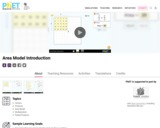
Build rectangles of various sizes and relate multiplication to area. Partition a rectangle into two areas to discover the distributive property.
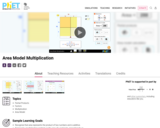
Build rectangles of various sizes and relate multiplication to area. Discover new strategies for multiplying large numbers. Use the game screen to test your problem solving strategies!
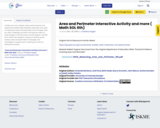
Create your own shapes using colorful blocks and explore the relationship between perimeter and area. Compare the area and perimeter of two shapes side-by-side. Challenge yourself in the game screen to build shapes or find the area of funky figures. The PDF from VDOE was added to create an activity which reviews area and perimeter of triangles and rectangles on paper prior to delving into the fun, interactive activity.
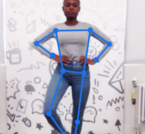
This lesson plan explores Artificial Intelligence using Teachable Machine, a program that uses images and sounds to create machine models.
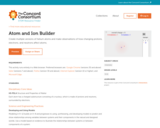
Create multiple versions of helium atoms and make observations of how changing protons, electrons, and neutrons affect atoms.
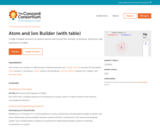
Create multiple versions of various atoms and record the number of protons, electrons, and neutrons in a table.
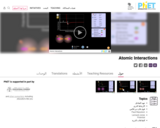
Explore the interactions between various combinations of two atoms. Turn on the force arrows to see either the total force acting on the atoms or the individual attractive and repulsive forces. Try the "Adjustable Attraction" atom to see how changing the parameters affects the interaction.
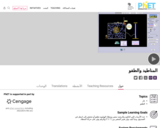
Experiment with a helium balloon, a hot air balloon, or a rigid sphere filled with different gases. Discover what makes some balloons float and others sink.
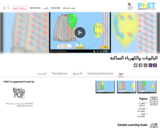
Why does a balloon stick to your sweater? Rub a balloon on a sweater, then let go of the balloon and it flies over and sticks to the sweater. View the charges in the sweater, balloons, and the wall.

This resource consists of a Java applet and expository text. The applet is a simulation of the ballot experiment: The votes in an election are randomly counted. The event of interest is that the winning candidate is always ahead in the vote count.

Explore the origin of energy bands in crystals of atoms. The structure of these bands determines how materials conduct electricity.
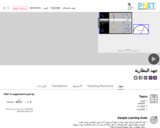
Look inside a battery to see how it works. Select the battery voltage and little stick figures move charges from one end of the battery to the other. A voltmeter tells you the resulting battery voltage.
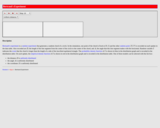
This resource consists of a Java applet and expository text. The applet is a simulation of Bertrand's experiment: a random chord on a circle The event of interest is whether the length of the chord is larger than the length of the inscribed equilateral triangle. Three models for generating the random chord can be used.